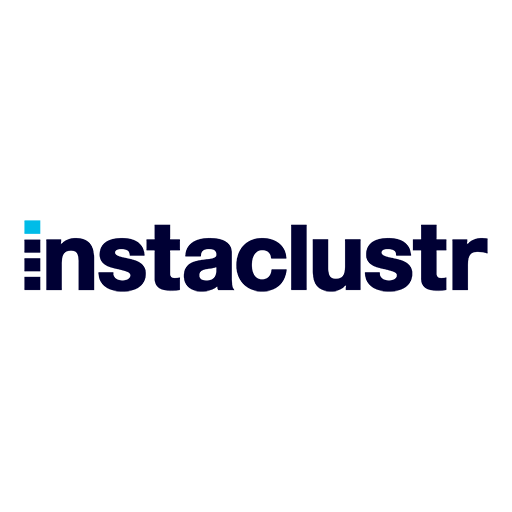- Overview
- Alternatives
- Pros & Cons
- Compare
..
.. read more.CouchBase
Couchbase, originally known as Membase is an award-winning, open-source, distributed multi-model NoSQL and document-oriented cloud database. It is designed and optimized for interactive applications and may serve many concurrent users by creating, storing, retrieving, aggregating, manipulating and presenting data. Couchbase delivers unmatched versatility, performance, scalability, and financial value across cloud, on-premises, hybrid, distributed cloud, and edge computing deployments.
IBM DB2
IBM DB2 is an enterpise-class relational database management system. IBM DB2 is built for mission critical workloads and provides advanced features like adaptive workload management, time travel query, query federation, in-database AI, row/column access control, auditing, and support for JSON, XML, and geospatial data sets. IBM DB2 is used by fortune-500 companies like Bank of America and JPMorgan Chase.
Amazon DynamoDB
Amazon DynamoDB is a key-value and document database that delivers single-digit millisecond performance at any scale. The database is fully managed, multiregion, multimaster, and durable with built-in security, backup and restore, and in-memory caching for enterprise-scale applications. Amazon DynamoDB is part of Amazon Web Services and integrates well with other cloud-based AWS products.
EdgeDB
EdgeDB is a database designed on top of Postgres with the goal of eliminating some of the shortcommings of relation and NoSQL databases. At first glance, EdgeDB looks like a regular object relational mapper (ORM), however it's far more than that, It's a full-fledged database with a formally-defined query language, a migrations system, a suite of client libraries in different languages, a command line tool, and a soon comming cloud hosting platform. The goal of EdgeDB has been to rethink every aspect of how developers model, migrate, manage, and query their database.
Supabase
Supabase is a free and open-source self-hosted and SaaS provided alternative to Firebase. With Supabase you can add a realtime REST API to a PostgreSQL without writing a single line of code.
MongoDB
MongoDB is an open-source document-oriented distributed database built for modern applications. MongoDB uses JSON-like documents with optional schemas and is classified as a NoSQL database. The database is freely distributed under the Server Side Public License, but MongoDB provides commercial version of the database for enterprise-scale applications.
Azure Cosmos DB
Azure Cosmos DB is a non-relational NoSQL database trusted by leading enterprises globally. With Azure Cosmos DB you can run No-ETL analytics over real-time operational data and run near-real time analytics and AI on the operational data within your NoSQL database, to reduce time to insight.
TimescaleDB
TimescaleDB is a leading open-source relational database for time-series data. The database is provided as fully managed or self‑hosted software, giving the power of choice back to developers and organizations. Timescale gives you all the reliability and flexibility of PostgreSQL. It allows you to use regular SQL to construct queries to better understand your products and your users. While achieve 10-100x faster queries than PostgreSQL, InfluxDB, and MongoDB with native optimizations for time-series.
CouchDB
CouchDB is a free and open-source document-oriented NoSQL database developed by the Apache Foundation. The database is written and implemented in the language Erlang and provides the use of multiple formats and protocols to store, transfer, and process data. With CouchDB you query data with JavaScript using MapReduce, and HTTP for an API. Which can be done across multiple distributed CouchDB instances as the database has the ability to synchronize multiple copies of the same database, across servers.
VoltDB
VoltDB is a blazingly fast NewSQL database management system that is specifically designed to run on modern scale-out architectures - fast, inexpensive servers connected via high-speed data networks. VoltDB is a popular choice for companies with high data throughput requirements, like in the telecommunications industry. 5G has changed the game for telcos, and new rules call for a new way of managing data. VoltDB is built for today’s massive data volume and complexity, allowing businesses to survive and thrive in the age of 5G, IoT, and whatever comes next.
KeyDB
KeyDB is fast, free, and open-source NoSQL database with full compatibility for Redis APIs, clients, and modules. The database was originally forked from the Redis code-base and has been improved to handle multithreading, memory efficiency, and higher throughput. KeyDB is now a fully multithreaded and allow many machine cores to operate a single node resulting in 5X the throughput of Redis (v5) and up to 3x the throughput of Redis (v6). KeyDB also includes Redis Enterprise such as Active Replication, FLASH storage support, and other features like direct backup to AWS S3.
DbVisualizer
DbVisualizer is a database tool for developers, analysts and database administrators. DbVisualizer is avalible on all major operating systems and connects to all major databases.
How Are These Instaclustr Alternatives Generated?
Information found on this page is crowd-sourced by the community and contains the most agreed upon Instaclustr alternatives. You can use this information to find similar software to Instaclustr for specific platforms with various pricing options and licenses. Anyone that have previously used Instaclustr can suggest alternatives, vote on the accuracy of other users claims, and help more people in the process of doing so.
This page was last updated on Sun 23 Jan 2022 (3 weeks, 1 day ago).
